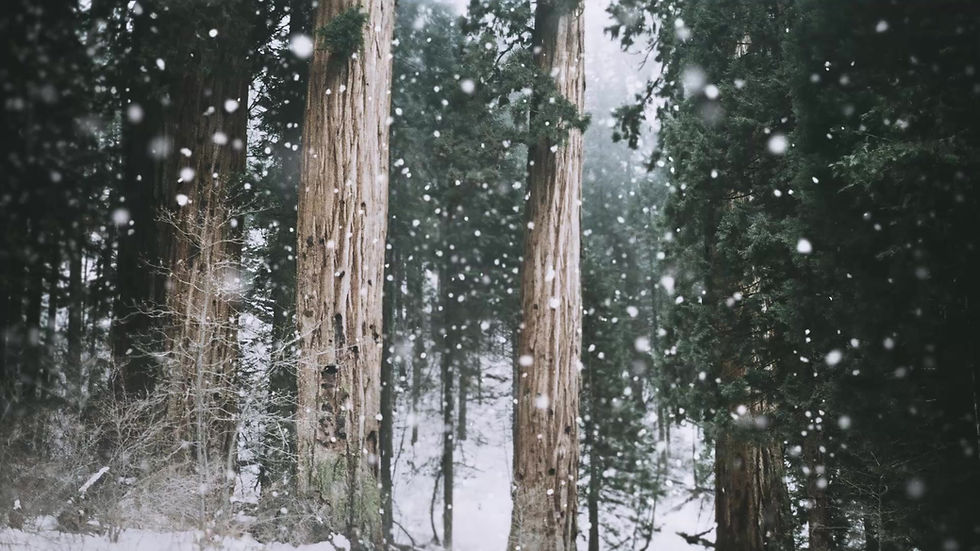

01
THE FILM
I'm a paragraph. Click here to add your own text and edit me.
I'm a paragraph. Click here to add your own text and edit me. It’s easy. Just click “Edit Text” or double click me to add your own content and make changes to the font. Feel free to drag and drop me anywhere you like on your page. I’m a great place for you to tell a story and let your users know a little more about you.
This is a great space to write long text about your company and your services. You can use this space to go into a little more detail about your company. Talk about your team and what services you provide. Tell your visitors the story of how you came up with the idea for your business and what makes you different from your competitors. Make your company stand out and show your visitors who you are.


02
THE FACTS
Black spruce (Picea mariana), also called bog spruce, swamp spruce, and shortleaf black spruce, is a wide-ranging, abundant conifer of the northern parts of North America. Its wood is yellow-white in color, relatively light in weight, and strong. Black spruce is the most important pulpwood species of Canada and is also commercially important in the Lake States, especially Minnesota.Picea mariana, generally called black spruce but also known as bog spruce, swamp spruce, and shortleaf black spruce, is a wide-ranging, abundant small to medium-sized conifer tree of northern and boreal North America. It is the most important pulpwood species of Canada and is also commercially important in the Lake States, especially Minnesota.
Black spruce ranges in a broad band from northern Massachusetts to northern Labrador on the Atlantic coast, west across Canada to the west coast of Alaska. Its southern limits consist of isolated patches in northern New Jersey, western Connecticut, Pennsylvania, southern Michigan, southern Wisconsin, southern Minnesota, and southern Manitoba; west across south-central Saskatchewan, Alberta, and central British Columbia. Its northern limit across Canada and Alaska is about that of the northern tree line, although it alternates with white spruce (Picea glauca), tamarack (Larix laricina), and balsam poplar (Populus balsamifera) as the tree-line species at different points.
Black spruce is found from sea level in eastern and northern Canada and western Alaska to 1830 m (6,000 ft) in northern Alberta. It is considered to be a tree of interior lowlands, however, and usually grows at between 150 and 760 m (500 and 2,500 ft). In the mountains of Alaska, Yukon Territory, and Northwest Territories, it is often the tree line species at elevations of 300 to 1220 m (1,000 to 4,000 ft). Local topography and drainage seem to be more important than elevation in determining the range of black spruce.
Black spruce is often a post-fire pioneer on both uplands and peatlands, and fire usually results in the immediate reestablishment of black spruce as long as a seed source is available. Black spruce often dominates fire-prone areas, such as upland ridges, because it produces seed at an early age. It also becomes dominant on poor peatland (bog) sites where it has little competition. Tamarack and black spruce are the first trees to invade the sedge mat in filled-lake bogs.
The principal commercial use of black spruce both in Canada and the United States is for making high quality pulp with balanced strength properties, but it is commercially harvested only in a small portion of its geographical range. Black spruce has a strong, relatively light-weight, yellow-white wood that is also used for lumber and other products. Black spruce Christmas trees were harvested in considerable numbers from natural stands until fairly recently, especially on poor sites in Minnesota. Historically, black spruce has provided some highly specialized products, a few of which are still used occasionally: healing salves from spruce gum (the exuded resin); beverages from twigs and needles; aromatic distillations from needles; and binding material ("wattape")—from long, split roots—for birchbark canoes.
Black spruce is a primary source of food and cover for the spruce grouse, and provides habitat for high-density summer populations of birds including the ruby-crowned kinglet, magnolia warbler, Cape May warbler, and ovenbird. Birds such as the pine grosbeak, pine siskin, and crossbills commonly feed on black spruce seeds.
Excerpted and edited from Viereck and Johnston 1990.
03
The Food Web
The Black Spruce is eaten by Moose, Elk, Insects, Birds, and Mice/Rats. Then Birds eat insects too. The mice/rats get eaten by Foxes and Weasels. Owls eat birds and Owls, Fox, and Weasels are eaten by Lynx. Mooses and Elks are eaten by Wolves


